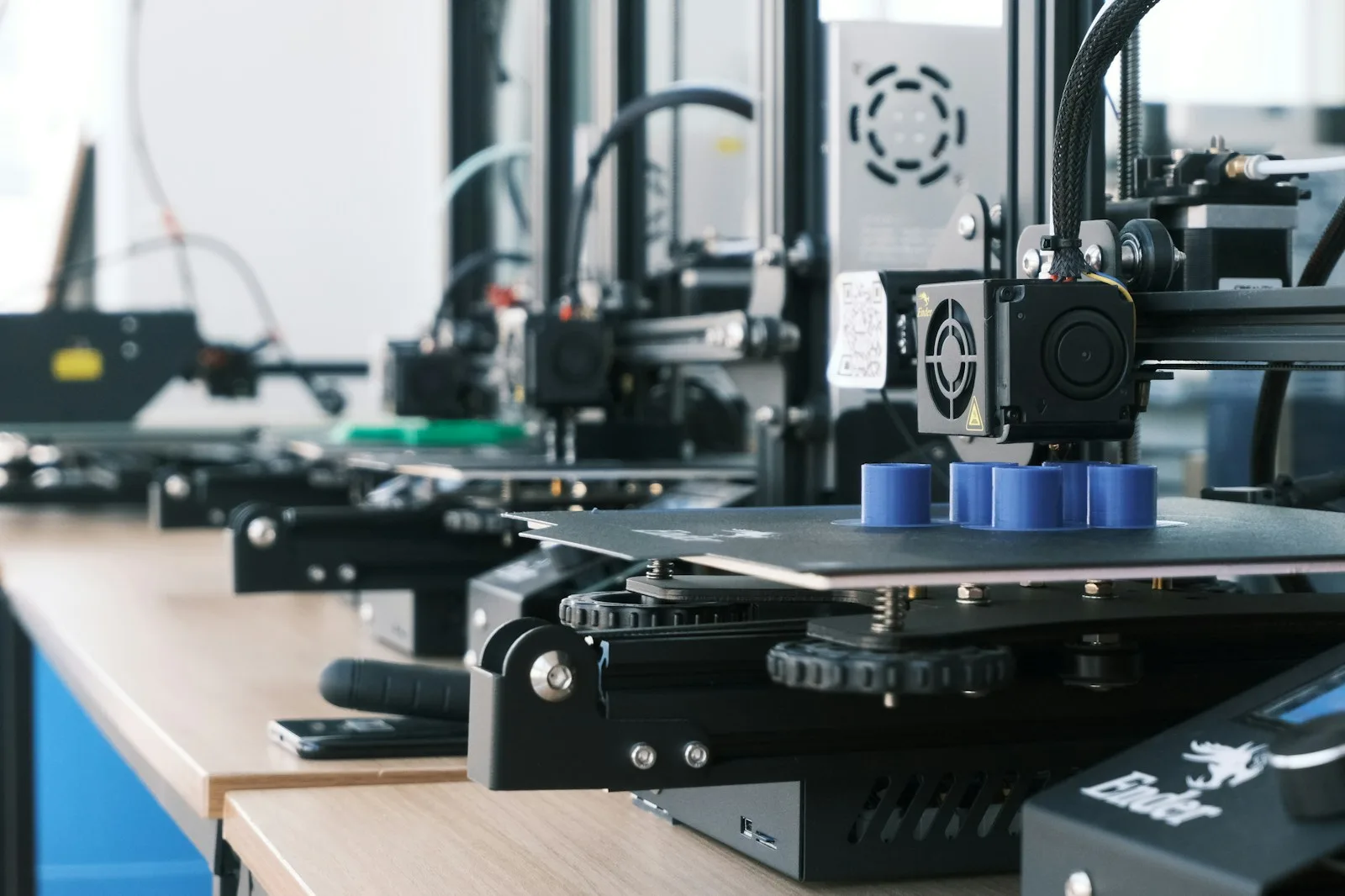
Table of Contents
A robot backed by the US Army 3D prints a shock-absorbing form
Boston University researchers have made it possible for 3D printers to use artificial intelligence (AI) to accelerate the development of cutting-edge materials.
In an effort by the US Army, an autonomous robot used machine learning to create a form that can absorb shocks better than a human.
According to experts, this invention has huge potential to produce safe packaging, automobile bumpers, helmets and other products.
The lab had given the machine a mission to design forms that would increase mechanical energy absorption efficiency or absorption of energy. The machine has been in continuous operation for the past three years, filling dozens of bins with more than 25,000 3D-printed objects.
Autonomous innovations in engineering
New techniques are needed to investigate different length scales because the large number of alternatives cannot be handled by traditional trial-and-error procedures.
The team at KABlab, based in the university’s College of Engineering, approaches this problem in two ways: first, by developing new nano-combinatorial techniques that study and design small-scale materials using scanning probes; and second, by developing autonomous research systems that accelerate knowledge creation by combining automation and machine learning.
The MAMA BEAR (Mechanics of Additively Manufactured Architectures Bayesian Experimental Autonomous Researcher) robot has undergone several improvements since its creation in 2018.
To determine how much energy the robot can absorb, the scientists programmed to create a shape with the best mechanical energy absorption efficiency by 2021. It uses current advances in machine learning (ML) to offer new tools to achieve this more effectively. Extracting new insights from small data sets and huge data sets.
It has been in continuous operation for more than three years, and during that time, according to the researchers, more than 25,000 3D-printed objects have been produced in dozens of boxes.
Materials that can efficiently absorb energy have a wide range of applications—from cushioning delicate electronics during shipment to protective gear such as knee pads and wrist guards for athletes—making it important to create a variety.
“This data library could be used to improve automobile bumpers or packaging machinery, among other applications,” Keith Brown, associate professor of mechanical engineering at Boston University, said in a release.
Advancing material efficiency
Structures need to have the ideal blend of being strong enough to absorb impact and not too powerful to sustain damage to perform at their best.
Prior to MAMA BEAR, the highest efficiency ever recorded was around 71 percent. Brown’s lab, on the other hand, saw their robot reach an unprecedented 75% efficiency.
Seeing the record structure attracted the attention of researchers. It is taller and thinner than previous designs, with four points that resemble small flower petals. “We’re happy to have access to so much mechanical data, because we can use it to gain insight into design in general,” Brown said.
In addition, the team has worked with the US Army to use their vast data set to create new soldier helmet padding. They confirmed the comfort and effectiveness of the patent-pending padding’s impact protection through field testing.
For added comfort, the 3D cushioning is lower in height and has a softer center than the recordbreak construction.
KABlab strives to emphasize the value of independent research. Brown plans to continue working across disciplines to support scientists who need to test large-scale structures and solutions.
Brown notes that even though they’ve broken records before, “we don’t have the ability to know if we’ve reached peak efficiency,” suggesting that they may do so in the future.
As Brown and his colleagues see other uses for the database, MAMA BEAR will continue to push the envelope and operate. In addition, they are looking for ways to recycle more than 25,000 broken pieces by unwinding them and reloading them into a 3D printer for other tests.
We will continue to research this system because the mechanical As with many other physical properties, performance can only be accurately assessed through experimentation.
Additionally, we can select the best tests and complete them as quickly as possible by deploying self-driving labs, according to Brown.
The team’s study findings were published in full by the journal Nature Communications.
Study Abstract
An important factor in determining the ability of a structure to provide mechanical protection is its energy-absorbing efficiency, which is the maximum amount of energy that can be absorbed before the stress increases to the point where it damages the system that needs to be protected. Here, we use a self-driving lab (SDL) to perform more than 25,000 physical tests on generalized cylindrical shells to investigate the energy absorption performance of coupled polymer structures.
Using a human-SDL collaborative method, we select experiments using Bayesian optimization from billions of alternatives in an 11-dimensional parameter space. Experiments are then performed automatically, with a human team tracking the results and making periodic changes to the system. The result of this human-SDL campaign was the identification of a structure with an energy-absorbing capacity of 75.2%. efficiency and a library of experimental data that reveals transferable principles for designing tough structures.
READ | US Marines Test AI Weapon-Equipped Robot Dogs 2024

